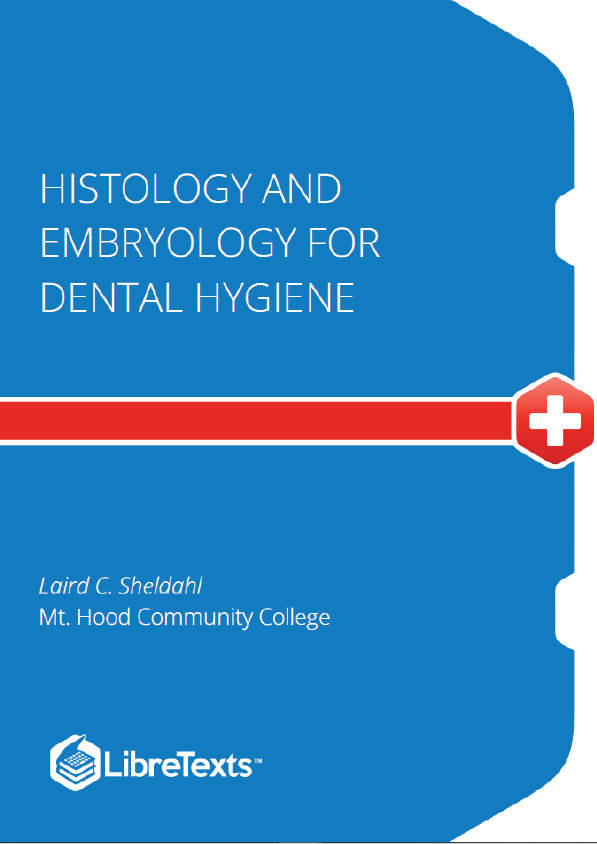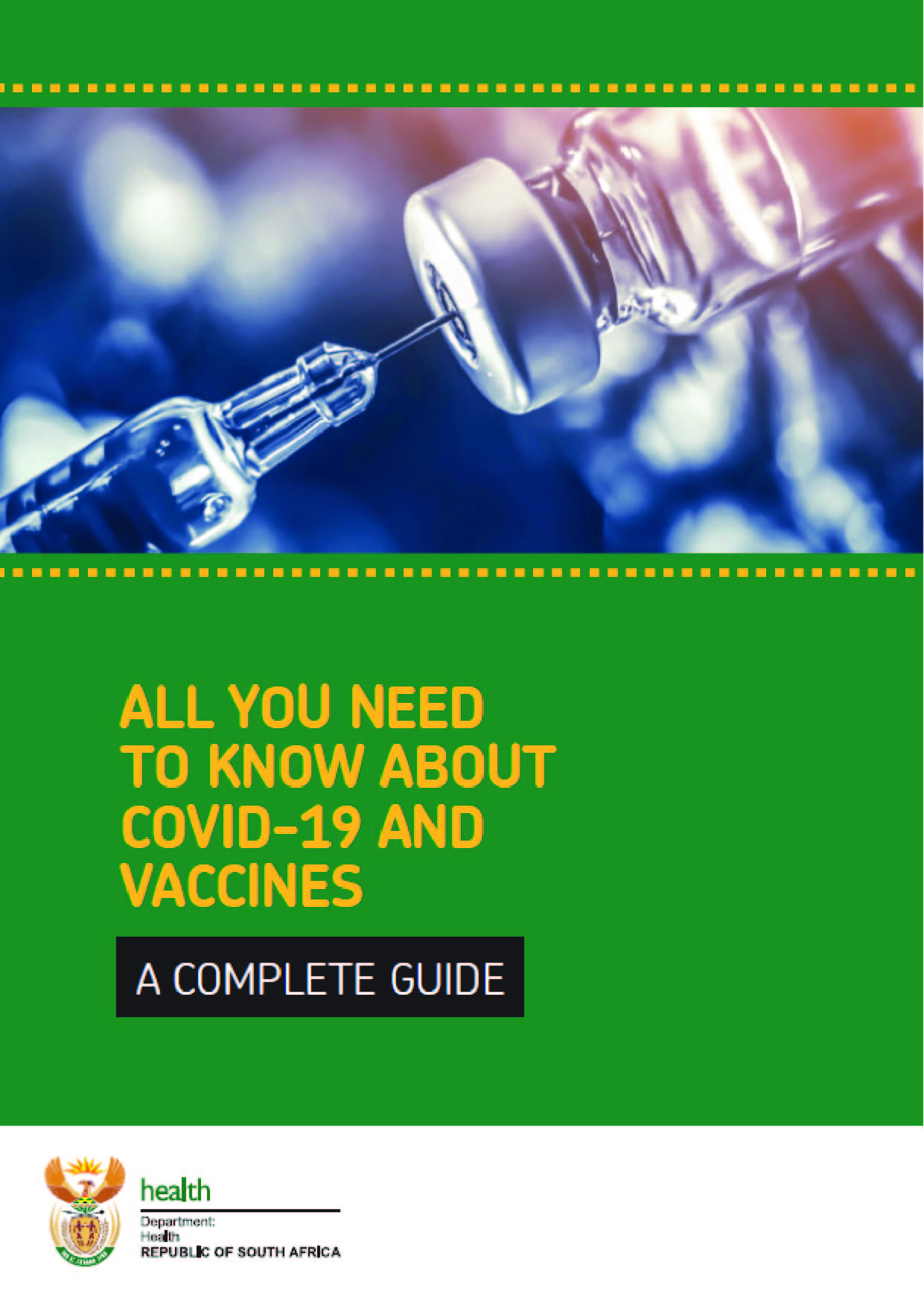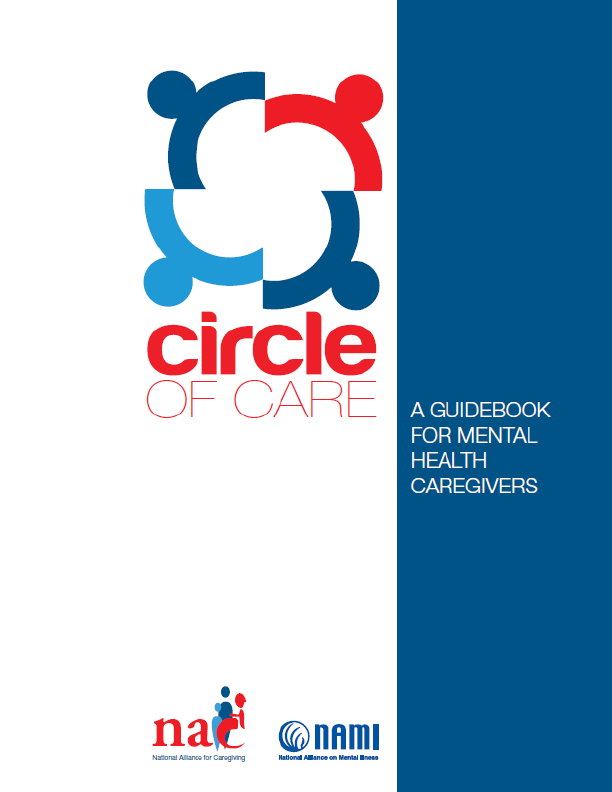This eBook makes use of animated images to focus on concepts in histology and embryology, as well as hyperlinks to promote non-linear reading and learning. It is aimed at college students in a dental hygiene program.
Overview of cell biology
The cell is the basic unit of life. It is the smallest thing that we call living (without arguing about viruses), and the human body is made of 10 trillion of them. We started off as a single cell, and the purpose of this class to learn a little bit about how that one cell developed into the trillion-celled organism you are today. Nearly all of the instructions for making trillions of cells– how to make them, when to make them, where to make them– are found within that single cell. Different cells have different functions, even though almost every cell in one person has the exact same DNA. To become different from one another, cells express different DNA. This is an important process called differentiation, which is really no more complicated in concept than cells going from looking like boring generic cells to looking and behaving differently from other cells. We give different names to cells as they make these changes. For instance, a stem cell that gives rise to, oh let’s say, a smurf, would be named a Smurfal Stem Cell. As the Smurfal Stem Cells divide and differentiate into cells that make a smurf, the cells actually making the smurf would be named Smurfoblasts, and when the Smurf was finished, the cells inside that Smurf would be named Smurfocytes. The stem cells found in a tissue called mesenchyme are named mesenchymal stem cells, the cells that make dentin are named odontoblasts, the cells within mature cementum are named cementocytes. Note that differentiation is not a single step, but a series of steps along a spectrum, from the least differentiated, to more differentiated, until we reach a terminally differentiated cell. The aim of this chapter is to review aspects of a cell biology class that come up in this textbook, and not much more. We assume you have covered cell biology in a per-requisite to this class. We need to review the parts of a cell that help us to explain difficult concepts like differentiation and development. If you find you need more than a quick refresher, here are some link from the NIH, who have a number of very useful publications and videos (for free), such as:
3D animations of the human cell
- Learn genetics (interactive website)
- Inside the Cell (pdf and epub downloads)
Two useful (and free) eBooks you may wish to download are from OpenStax:
- Biology 2ED











